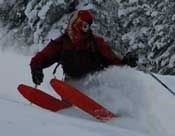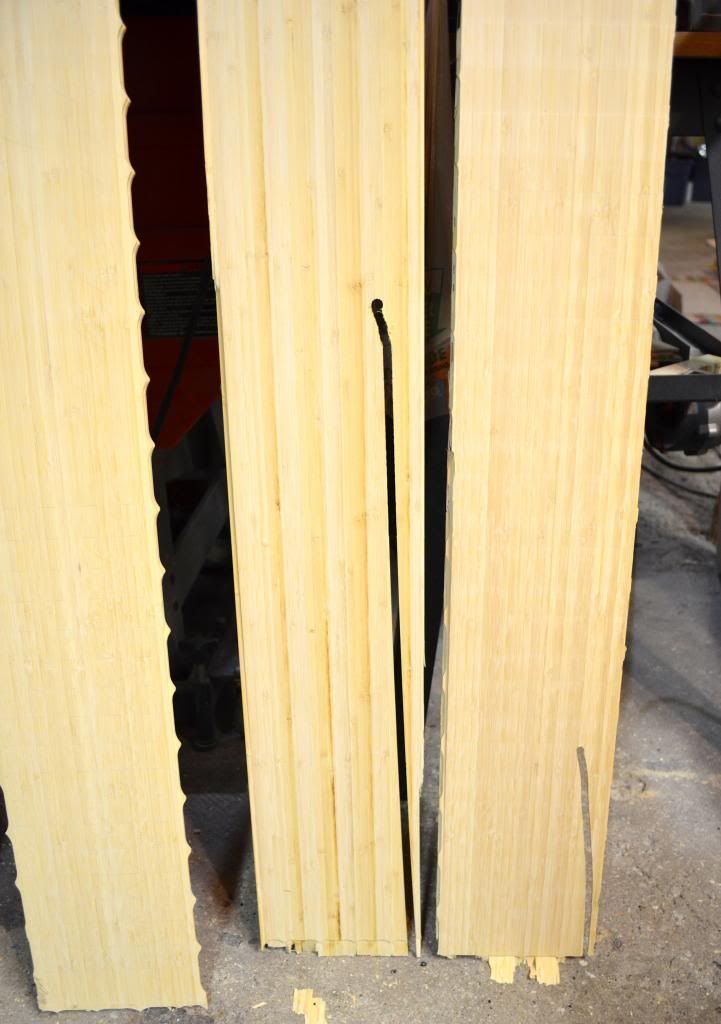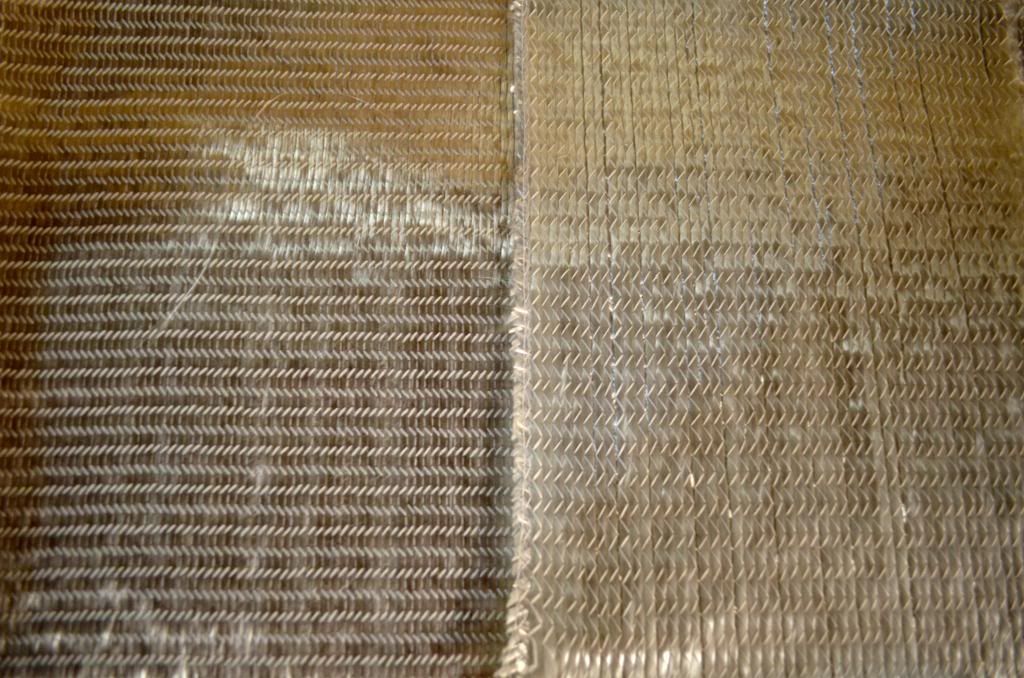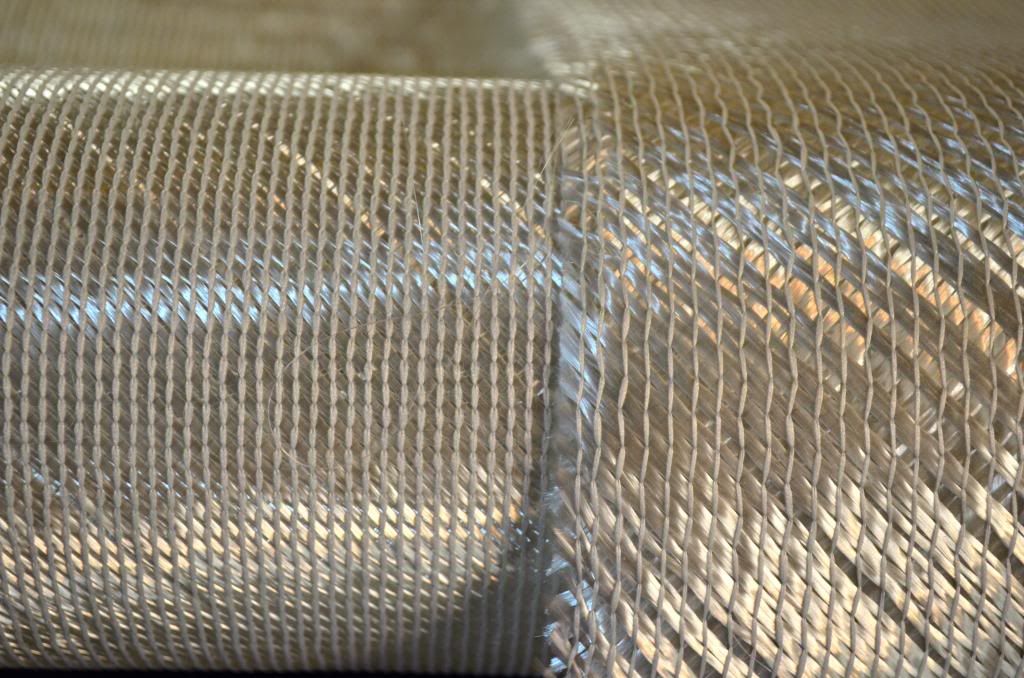skimann20 wrote:I've had shop owners put their knee into my skies to see the flex. (flexing them past any point I'd ever go, i was actually impressed that they would go that far) and had a pop or two and they have yet to flinch at all. "industry standard" I guess.
I always try to flex them as far as I can, a week or so after I think they're cured. Takes a few of these flexes before the crackling stops.
Just the epoxy/fiberglass cracking, but yeah it can be a bit scary the first few times.
It's pretty scary watching slow motion of the downhill or any ski events at the Olympics, skis flex a lot! (Snowboards too)
Talking to a composite guy, this is normal and continues to happen on a smaller scale for the life of the composite.
One of my peers, locally, uses 24oz triax, says every flex breaks down the fibers of the ski.
The more/heavier the fibers the longer the life of the matrix.
Eventually the fibers break down to the point your skis are noodles.
I don't know what the average life of a ski is, but I'd be surprised if a normal pair of skis see much more than 100 days max before they are replaced with the latest and greatest.
I've got a couple pair now with more than that, that are still like new using 22oz glass. So my thinking is 24oz glass is overkill.
Eventually I'll kill a pair then I'll let you know

sam
You don't even have a legit signature, nothing to reveal who you are and what you do...
Best of luck to you. (uneva)







